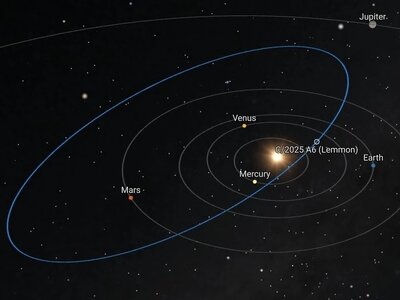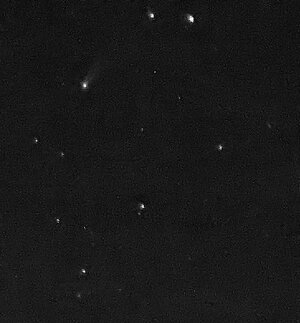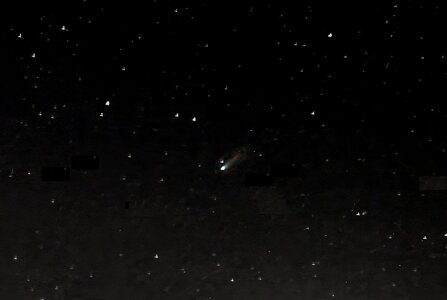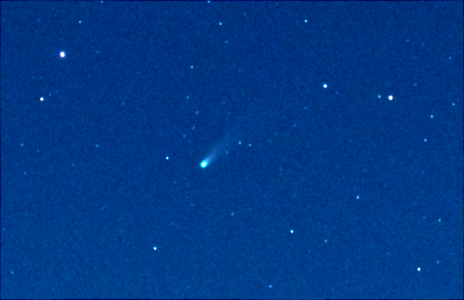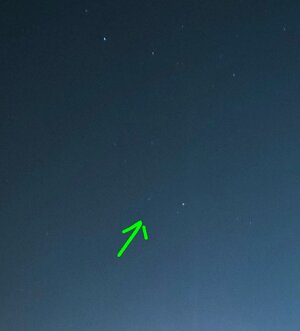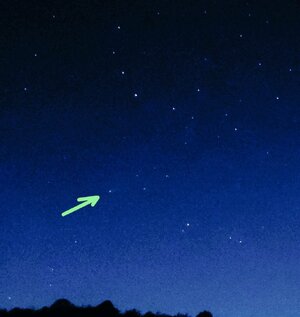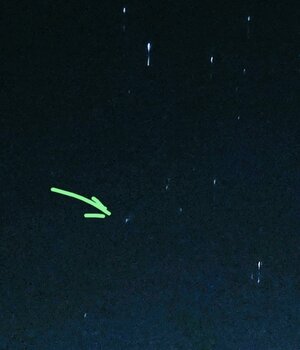William Monfredo
EF4
Look for it in the evening, low in the northwestern sky, with a close approach to earth on the 21st of October.
Diagram shows Comet Lemmon in Constellation Bootes then, hazily visible to the naked eye (Anthony Wood.)
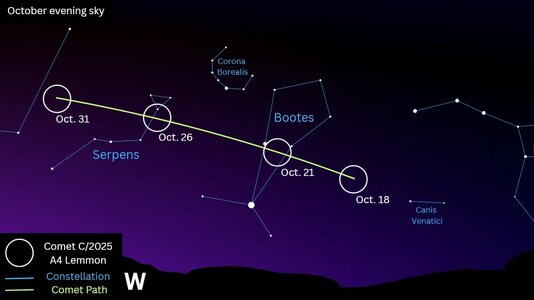
If you have binoculars or a decent camera, check it out further. I'm going to go out and try, we'll see.
For more specifics, see Comet C/2025 A6 (Lemmon): Complete Information & Live Data | TheSkyLive .
Diagram shows Comet Lemmon in Constellation Bootes then, hazily visible to the naked eye (Anthony Wood.)

If you have binoculars or a decent camera, check it out further. I'm going to go out and try, we'll see.
For more specifics, see Comet C/2025 A6 (Lemmon): Complete Information & Live Data | TheSkyLive .
Last edited:

